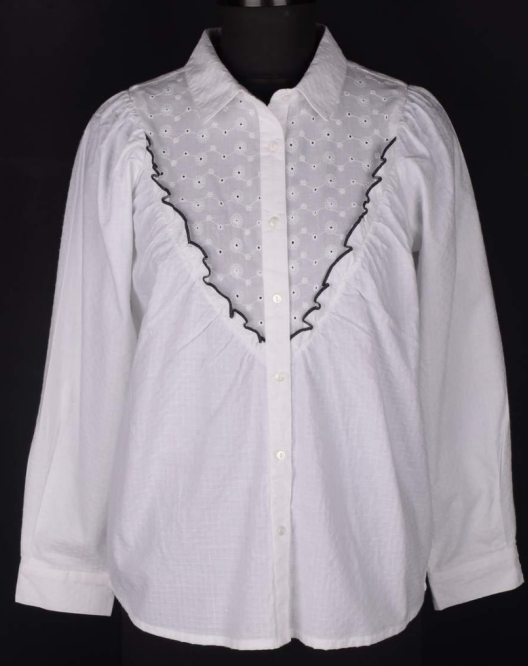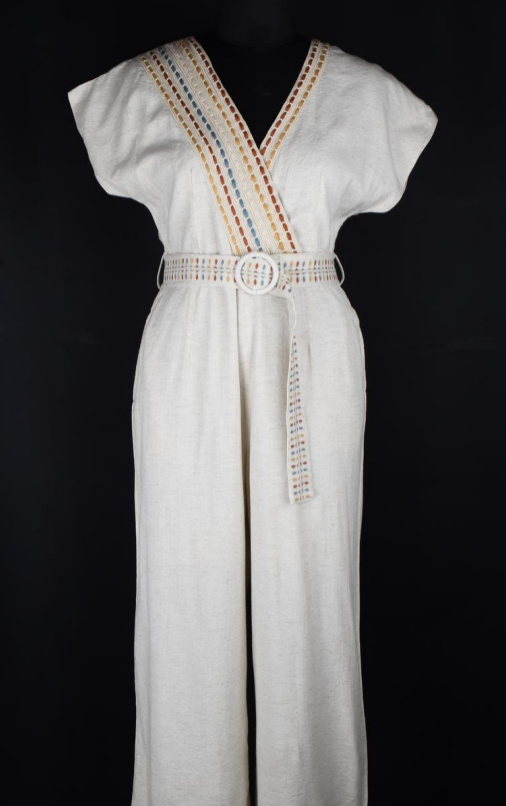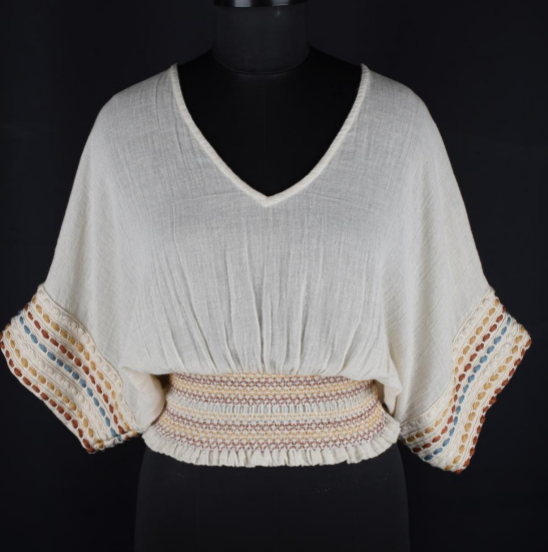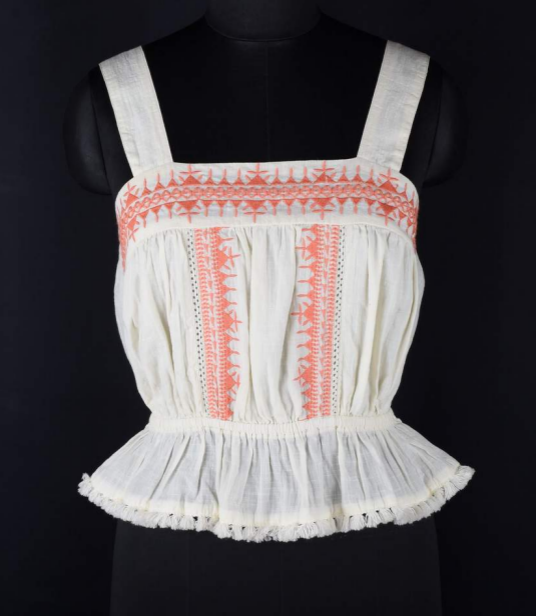Textile Weaving Process: A Process Of The Interweaving Of Yarn

One of the major processes followed in the textile industry is weaving. It converts the fabric into yarns, which are then sent to different distributors and manufacturers to manufacture different clothes. In earlier days, weaving was done by hand, which is why it took so much time to prepare one piece of clothing. Evidence of weaving tools and setups have been found in many excavations proving that the process is age-old. During those times, natural fibers were mainly used to create curtains, carpets, tapestries, and different types of clothes through various weaving processes.
Over the years, several new weaving processes have been introduced to the textile industry, allowing designers and other workers to create several types of clothes and embroideries. In this article, we will briefly cover the actual weaving process, describing the steps and the types of weaving processes followed to date in the textile industry.
Process of weaving in brief
Weaving is supposed to be a very complicated process that requires a lot of time. The main process involves intertwining two different yarns or threads in different patterns to form a solid weave. In this brief section, we have described the entire process generally to different weaving types for better understanding.
-
The first process is to choose the fiber or the material with which the cloth needs to be manufactured. Since there are so many different types of fabrics, the ones with maximum structural resilience are chosen so that the threads can hold the weave structure without any damage.
-
These fibers are spooled together to form a thick yarn or fabric.
-
Two independent yarn is taken that can be of the same or different type. For example, cotton and polyester can be woven to prepare a cotton blend fabric.
-
One strand is always set in the horizontal direction while the other will face the vertical direction.
-
The horizontal thread is known as weft, while the vertical one is known as warp.
-
The device used for interlacing both threads is known as a loom.
-
The warp is attached to the loom in a laid format, and then the left is inserted.
-
The process continues until the entire fabric, or the designed cloth is obtained. Ensuring that the work and weft are woven together at the right angles is important.
-
The fabric's breathability varies based on the tightness or tension in both strings.
-
Sometimes, multiple strands of warp and weft are woven together to increase the thickness and structural resilience of the fabric.
Types of weaving techniques
Several types of weaving have been introduced to the market to ensure the textile manufacturers can come up with different types of clothes or any other government. Before concluding, let us briefly look at these categories for more clarity.
-
A plain weave is the most basic, with two warp yarn and one weft yarn. The weft is inserted between two parallel warp strands to create a box shape. Both these yarns need to be of equal size to create integrated designs.
-
Another famous form of weaving is a twill weave, characterized by diagonal lines. Here, the warp and weft yarns are woven together in a diagonal format to ensure that the entire fabric is strong and durable.
-
The basket weave is very similar to the plain weave, with the only difference being the number of warps and weft strands.
Conclusion
Now that you know the entire weaving process, you can easily incorporate the same knowledge within your textile business to ensure all the prepared fabric or clothing pieces are of the highest quality.
Related Blog
Setting Up A Private Label Baby Clothing Line
With the increasing demand for stylish, comfortable, breathable, fashionable, and diverse baby clothes, the textile industry has witnessed the...
Why Is There A Growing Demand For Sustainable Women’s & Kids’ Wear In The US Market In 2025?
North America is the largest market for sustainable garments, including women’s and kids’ wear, in the world. The US is...
Kids Wear: Hand Embroidery Fashion | Cheer Sagar
Everyone is waiting for the winter and has started shopping for kids to welcome winter. Hand embroidery is equally suitable...




